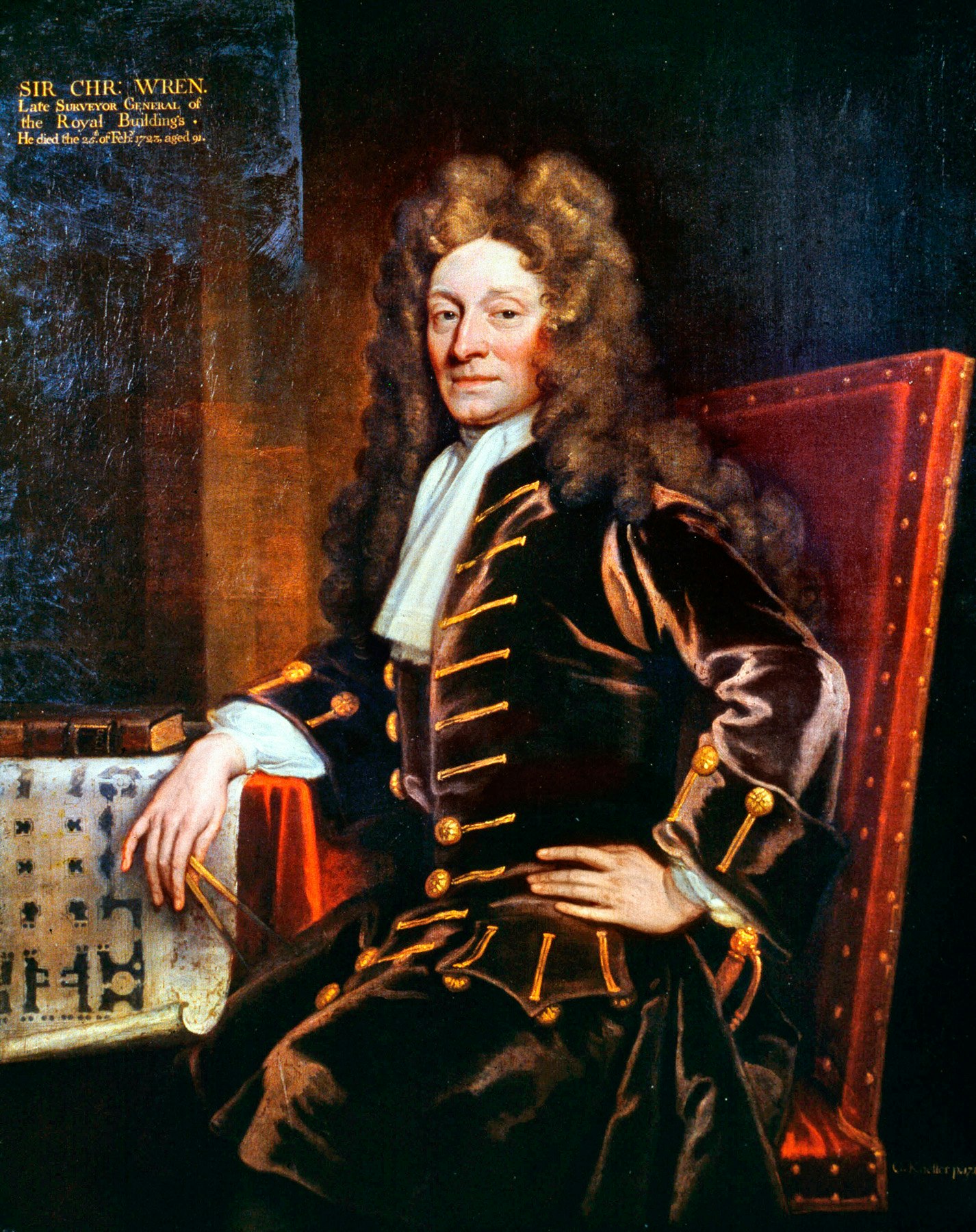The great Wren
Marking the 300th anniversary of Christopher Wren’s death
This article is taken from the March 2023 issue of The Critic. To get the full magazine why not subscribe? Right now we’re offering five issues for just £10.
On 25 February 1723, Sir Christopher Wren sat down in an armchair in one of the rooms of the house that he leased in St James’s Street. He had caught a chill travelling from Hampton Court. When one of his servants came to wake him, he was dead. He was ninety-one and could remember life in the early stages of the Civil War. He had outlived all his close friends and contemporaries.

It had been an extraordinary life, in which Wren was recognised as having exceptional talents at an early age: a student at Oxford at 14; regarded as having “enlarged … astronomy, gnomonics, statics and mechanics” by the age of 16; a Fellow of All Souls aged 18; described by the diarist, John Evelyn, as “that miracle of a Youth” when he met him at Wadham in 1654; appointed a Professor of Astronomy at Gresham College when he was 25; and asked by Charles II to oversee the harbour defences at Tangiers shortly after the Restoration.
From then, wren was increasingly diverted from his Oxford laboratory where he was working on experiments with blood transfusion and developing his work as Savilian Professor of Astronomy, to thinking about issues of town planning, encouraged not only by Charles II, but also by John Evelyn, who was close to the King, and felt that the streets of London should be widened, its drainage improved.
It was inevitable that Wren should have devoted the full force of his intellect and his brilliant organisational skills to reconstructing the City
In 1665, Wren was encouraged to go on what was in effect a study tour of new buildings in Paris, examining the construction of the new wing at the Louvre, meeting Bernini, visiting all the various new buildings round Paris, including Versailles, which he thought much too much under the influence of women, too full of “Filigrand and little Knacks”. What he really admired were the ways that the banks of the river Seine had been constructed to make it easy to unload boats.
After the Great Fire of London, it was inevitable that Wren should have devoted the full force of his intellect and his brilliant organisational skills to reconstructing the City, initially planning a new layout of the streets, but quickly having to compromise in order to respect existing property rights.
He was put in charge of the reconstruction of the churches lost in the fire, together with Robert Hooke who worked as his assistant, and was appointed to design a new St. Paul’s to replace the old Cathedral which had burnt down.
Wren was incredibly brilliant as an architect, with a good sense of design, a strong idea of history, interested in the practicalities of construction, willing to learn from, and defer to, the superior expertise of the relevant craftsmen involved. He devoted himself single-mindedly and with an extraordinary sense of dedication to the task at hand, visiting St. Paul’s every Saturday to inspect the progress, and willing to accept very little remuneration for the time involved. He was inspired by a strong feeling of public duty.
In the course of his long career as Surveyor of the Royal Works, Wren was involved in a host of major projects. He was responsible for the design and construction of a new royal palace at Winchester, where Charles II wanted to spend time racing.
He installed a chapel at Whitehall for the Catholic James II. He reconstructed the interiors of the Earl of Nottingham’s house at Kensington to provide appropriate accommodation for William and Mary whilst at the same time redesigning Hampton Court and he was appointed to the Commission for Building Fifty New Churches by Queen Anne.

It was perhaps not surprising that as Wren got older and more infirm, he began to feel that this extraordinary dedication to the public good, his abnegation of much of a private life, the loss of two wives after relatively short marriages, had caused his work not to be as appreciated as it deserved.
When his son, Christopher, went on a Grand Tour in 1698, Wren wrote to him saying that “The little I have to leave you is unfortunately involved in trouble, & your presence would be a comfort to me, to assist me not only for my sake but for your own.” When he gave advice to the Commission for Building Fifty New Churches, there was more than a touch of impatience to the way he gave his advice, knowing that it was likely to be adapted in the light of the views of a younger generation.
The final insult was when he was ousted from the Surveyorship in April 1718 with a threat that he might be investigated for mismanagement. So, he and his son began to compile a detailed account of everything he had done in his life which was eventually published by his grandson, Stephen, in 1750 as Parentalia: Or, Memoirs of the Family of the Wrens.
It lists every City church he had overseen. It records his thoughts on the history of architecture. It provides a list of every building he had designed, as well as a full account of his experiments in science, which he had been casual about recording at the time. No-one was going to be allowed to overlook his achievements. On 5 March 1723, he was laid to rest in St. Paul’s Cathedral. As we mark the three hundredth anniversary of his death those achievements remain as a remarkable testimony to an extraordinary talent.
Enjoying The Critic online? It's even better in print
Try five issues of Britain’s most civilised magazine for £10
Subscribe














